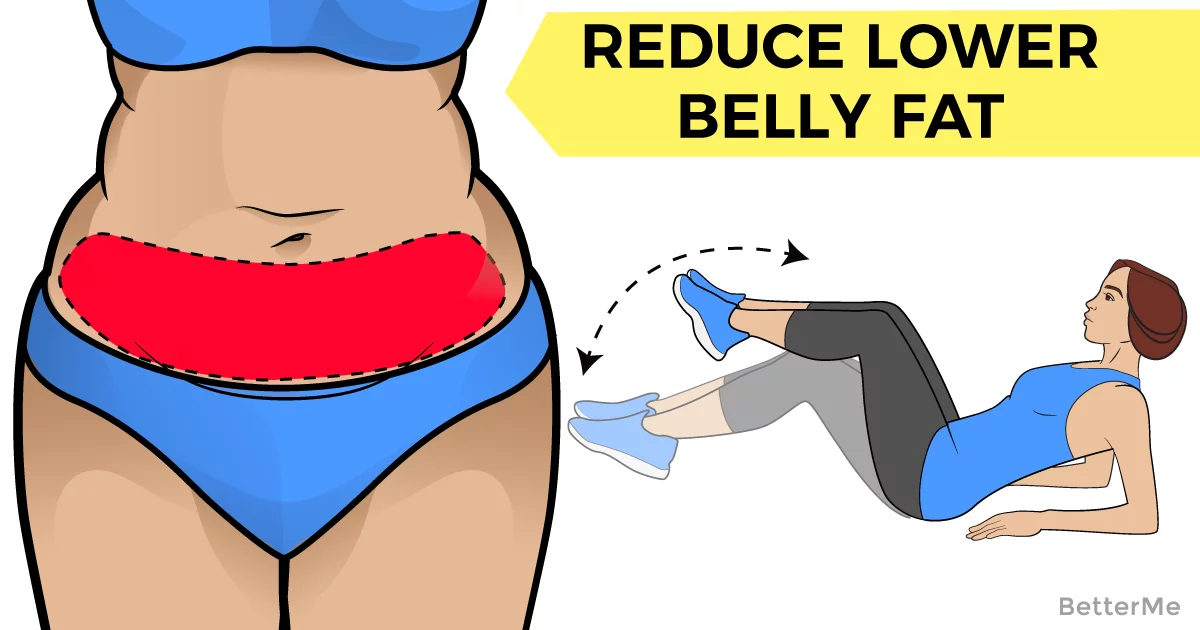08 May 2019
While often termed differently, muffin top, belly fat and spare tire are all essentially the same thing – excess abdominal fat. No matter what it’s called, it can be a frustration for many men. One of the most difficult areas to slim, the abdomen contains two types of fat which each require different tactics to tone the area. We asked Brent Wilson, a registered dietitian at INTEGRIS, Health to share his advice on how the spare tire affects men and what can be done to get rid of it once and for all.
Fat around the stomach and waist can be caused by a variety of factors. “The spare tire is excess body fat stored around the midsection when our calorie balance is off,” Wilson explains. Caused by an imbalance between calorie intake and output, poor diet and insufficient activity are the main culprits of belly fat.
Inactivity during the day, worsened by sitting at a desk or in front of the television for long periods of time, is also a large contributor to one’s spare tire. Even stress can be a factor as it can impact the hormones that create fat.
 Visceral Fat
Visceral Fat “Subcutaneous fat hibernates just beneath your skin and you can grasp it with your fingers,” Wilson says. “Visceral fat stows away deep in your abdomen around your organs.” These organs can include your intestines and stomach. Visceral fat is more dangerous than its subcutaneous counterpart as it can produce cytokines, or inflammation, that can damage those organs.
Health risks commonly go hand-in-hand with the spare tire. “Excess belly fat increases your risk for high blood pressure, cholesterol, triglycerides and metabolic syndrome,” Wilson explains. The chemicals created by excess visceral fat can increase the risk for heart disease or diabetes. As men age, it becomes more important to exercise regularly as their bodies tend to lose muscle mass more easily.
When it comes to shedding the spare tire, lifestyle changes must be made. “Ultimately, it comes down to the decisions we have to make on a daily basis,” Wilson says.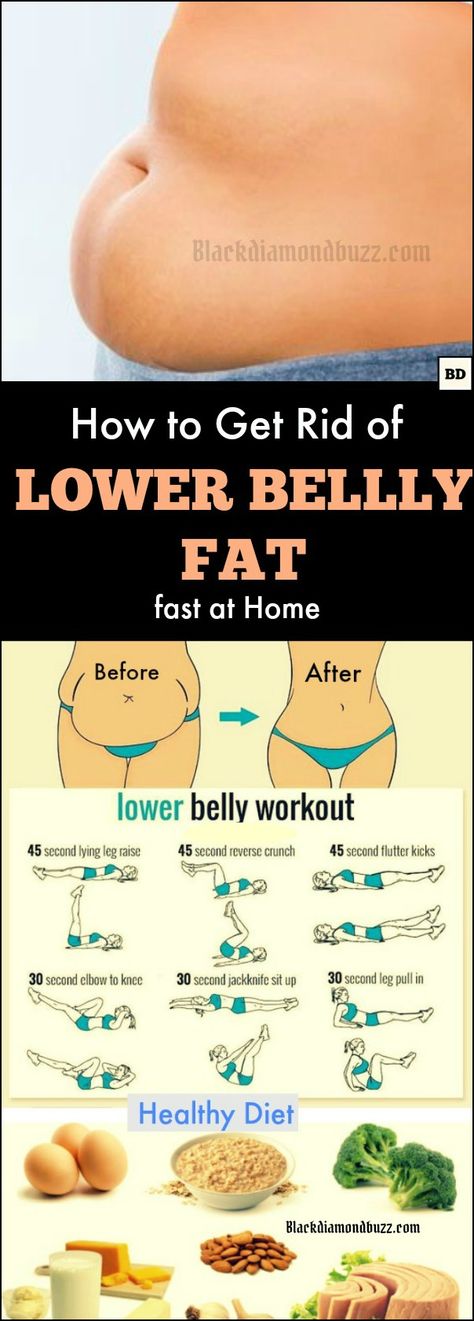 He explains these decisions become increasingly more difficult to make due to the convenience of highly processed foods that include substantial amounts of fat, sugar and calories. Combined with the typical low level of activity required by many jobs, it becomes more important to make conscious decisions to be physically active.
He explains these decisions become increasingly more difficult to make due to the convenience of highly processed foods that include substantial amounts of fat, sugar and calories. Combined with the typical low level of activity required by many jobs, it becomes more important to make conscious decisions to be physically active.
The first step toward eliminating the spare tire is to set healthy and reasonable goals. Shedding abdominal fat takes time and should not be treated as a race. So, how do you track your progress? The number on the scale doesn’t always represent the amount of fat and muscle mass a person carries, making it a less than optimal choice for measurement. Many people prefer to track their Body Mass Index (BMI), although Wilson advises against this. Instead, he opts for a more specific source of measurement.
“The BMI will ultimately give you a general idea of where your weight should be; however, it can be misleading as it doesn’t take muscle mass into account,” he says.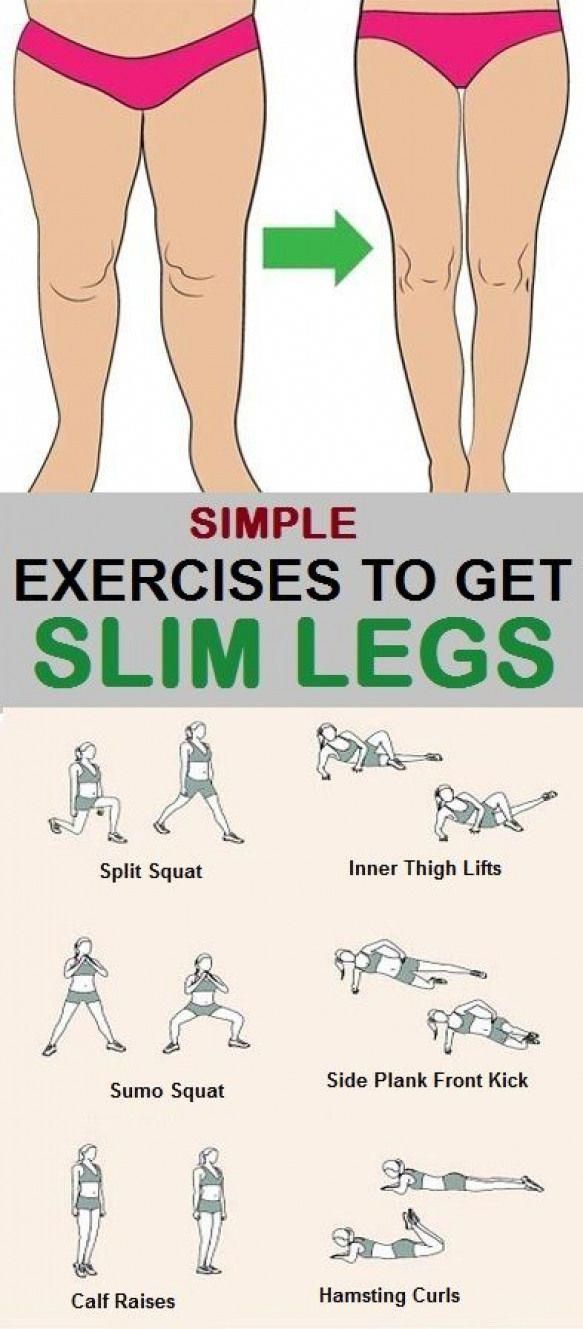 “The best thing would be to have your body fat percentage tested and retested after a few months of implementing physical activity and healthy eating.” The INTEGRIS Health Weight Loss Center provides several options for both surgical and non-surgical weight loss services, including seminars and assistance with nutrition.
“The best thing would be to have your body fat percentage tested and retested after a few months of implementing physical activity and healthy eating.” The INTEGRIS Health Weight Loss Center provides several options for both surgical and non-surgical weight loss services, including seminars and assistance with nutrition.
It is also important to set a healthy daily calorie goal. “Ultimately, we need to lower our calorie intake,” Wilson says. “I would encourage keeping a food log to identify where the most calories are coming from in your diet. Then, try replacing high calorie food and beverages with lower calorie options.” He suggests the app MyFitnessPal as a way to track your dietary choices.
When exercising to burn belly fat, it’s important to create a healthy mix of cardio and strength training. When targeting the spare tire, especially if you don’t go to the gym on a regular basis, you should start slowly. Wilson suggests beginning by walking or cycling and slowly increasing the duration and intensity of cardio. Make sure to include stretches in your routine to keep your muscles limber and limit soreness. He advises setting a goal of 150 minutes of physical activity per week.
Make sure to include stretches in your routine to keep your muscles limber and limit soreness. He advises setting a goal of 150 minutes of physical activity per week.
When it comes to choosing between cardio and weights, he says “both can be effective if used properly. The key is to get your heart pumping, so you can start burning the fat stored around the belly. Cardio is great at this. Weights can also work well, as long as you are keeping your heart rate elevated. Rather than resting in between sets of weight lifting, try using your rest time to keep your heart rate up with things like rowing, walking, or cycling.”
Stay committed to your exercise goals by creating a workout calendar or setting a joint fitness goal with your friends or family. For those who need to set a specific time to work out or thrive on extroverted activities, try joining a group fitness or boot camp style workout.
A healthy diet is the perfect complement to your new exercise regime. It can also be the most difficult part of the process. Essentially, it’s important to choose lower calorie options, skip processed foods, limit sugar and practice portion control.
It can also be the most difficult part of the process. Essentially, it’s important to choose lower calorie options, skip processed foods, limit sugar and practice portion control.
“Choose lean protein sources such as eggs, nuts, fish and chicken,” Wilson recommends. “Increase your intake of fruit and vegetables, which contain fewer calories per cup than most other foods. The fiber in them will keep you feeling full for longer so you take in fewer calories throughout the day.”
It is vital that men strive to achieve a healthy lifestyle as they age. Eliminating the spare tire is a crucial factor in the process of lowering health risks and staying in good physical shape. Contact an INTEGRIS Health physician today to assess your health needs.
Share this page
One of the most frustrating areas where the body stores fat is in the belly, aka the "spare tire. " If you want to burn belly fat, you need to focus on nailing the basics on a regular basis: eating a healthy diet high in protein while at a calorie deficit, strength training regularly, and getting in conditioning work. Although steady-state cardio is good and necessary as part of a well-rounded fitness program, you also need to be doing it at a higher intensity to lose spare tire fat fast.
" If you want to burn belly fat, you need to focus on nailing the basics on a regular basis: eating a healthy diet high in protein while at a calorie deficit, strength training regularly, and getting in conditioning work. Although steady-state cardio is good and necessary as part of a well-rounded fitness program, you also need to be doing it at a higher intensity to lose spare tire fat fast.
I recommend adding high-intensity interval training (HIIT) into your routine—especially since it burns more calories than other types of physical activity and enhances your metabolism post-workout. Just a heads up, HIIT can be very challenging and demanding on the body, so I recommend easing your way into it and starting off with just 2 to 3 sessions per week, either as a standalone workout or at the end of your strength training sessions. Get ready to torch those calories and lose spare tire fat real quick.
Here are the best three cardio exercises for you to do which will help you lose spare tire fat fast.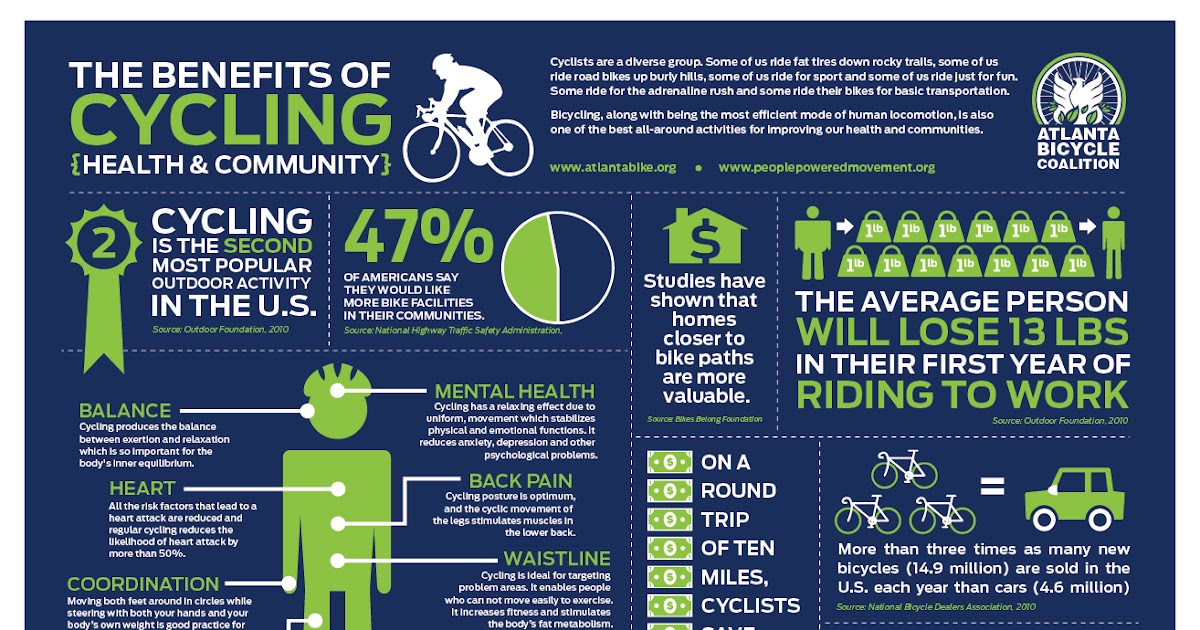 Check them out below, and next, be sure to read The 6 Best Exercises for Strong and Toned Arms in 2022, Trainer Says.
Check them out below, and next, be sure to read The 6 Best Exercises for Strong and Toned Arms in 2022, Trainer Says.
Hop on an air bike at your gym (AssaultBike, Rogue Echo, Schwinn Airdyne, etc.), and grab the handles. You can start with a simple interval workout by sprinting for 10 to 15 seconds, then cruising at a lower intensity for 30 to 40 seconds, and repeating for a total of 10 to 15 minutes.6254a4d1642c605c54bf1cab17d50f1e
Related: The Worst Exercise Mistakes When You're Trying To Burn Belly Fat, Trainer Says
Tim Liu, C.S.C.S.Hop on a rower, and warm up for a minute or two. Once you're warmed up, sprint hard for 60 seconds, and see how many meters you can row in that timeframe. Rest for 3 to 5 minutes afterward, then do another 60-second round, trying to match the same distance as your first sprint. Rinse and repeat for 5 rounds total.
Related: 5 Best Strength Training Exercises To Get Rid Of Jiggly Thighs, Trainer Says
Tim Liu, C.S.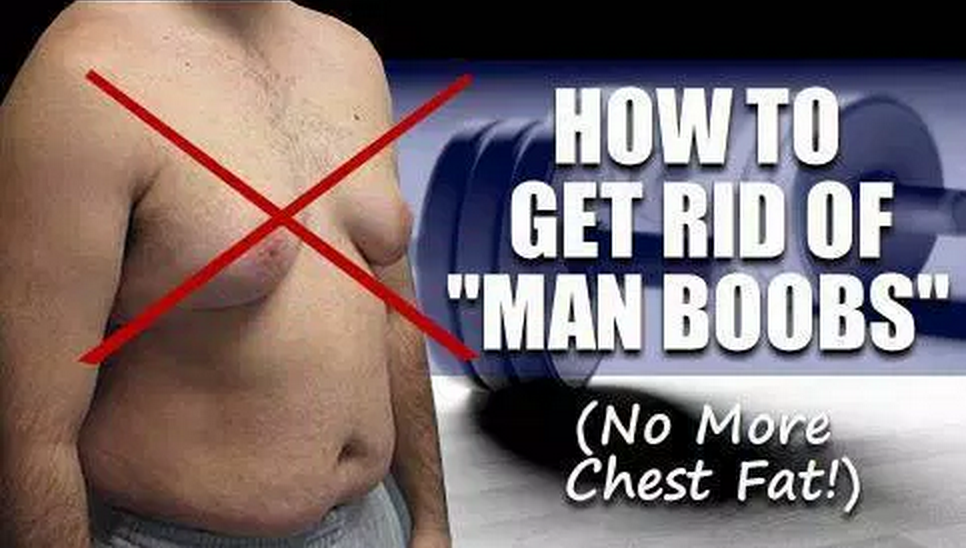 C.S.
C.S.Start this exercise by standing with your legs outside of the belt and setting your treadmill to a 10% incline and the speed a little higher than your typical jog pace. Once the incline and speed are set, hop on, and sprint hard for 30 seconds.
Once you've sprinted for 30 seconds, grab the handles on the side, and carefully jump back onto the stable non-moving part of the treadmill. Rest for 30 seconds, and then repeat this workout for 10 rounds.
ShutterstockFor more fitness inspiration, check out The 3 Best Floor Exercises To Shrink Belly Fat Fast, Trainer Says and The Best Cardio Exercises To Get A Lean Body Fast—Without Equipment.
Tim Liu, C.S.C.S.
Tim Liu, CSCS, is an online fitness and nutrition coach based in Los Angeles Read more about Tim
Well, it's time for you to take care of buying a new set of tires. Of course, you will have a final opinion about the chosen model only after you have driven several thousand kilometers.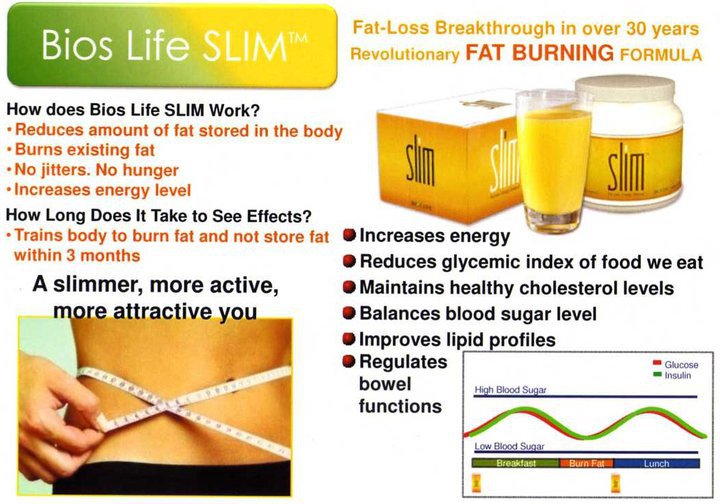 Perhaps everything will suit you, or perhaps some aspects will disappoint you ... Nevertheless, a lot of useful information could be obtained even in the tire salon. It was enough just to read the inscriptions on the sidewall.
Perhaps everything will suit you, or perhaps some aspects will disappoint you ... Nevertheless, a lot of useful information could be obtained even in the tire salon. It was enough just to read the inscriptions on the sidewall.
Alas, most of us are limited to reading the name of the manufacturer, the name of the model, and, well, the dimension. And if you should not expect any problems with identifying a tire by manufacturer and model, then with the dimension, in fact, everything is not so simple ...
As a rule, the dimension is indicated by three digits in the format XXX/XX R XX. The first three digits are the profile width in millimeters. Profile, not tread! And if you attach a tape measure to the tire, then the tread width, as a rule, will be less than the three-digit number given. The second two-digit number is the profile height, but not its absolute value, but the ratio of the profile height to its width, expressed as a percentage. However, off-road enthusiasts are well aware that the mud tires they respect so much, as a rule, have a completely different designation. In this case, the first number is the overall diameter of the tire in inches, and the second is the profile width, again in inches, for example, 33/12.5 or 31/10.5. After all, it is critically important for them that the tire has sufficient width: the larger the width and outer diameter, the larger the area of the contact patch, the less pressure on the ground and the higher the ability to roll over an obstacle. But at the same time, the tire must still fit in the wheel arches, even with technical tricks in the form of a lift ...
In this case, the first number is the overall diameter of the tire in inches, and the second is the profile width, again in inches, for example, 33/12.5 or 31/10.5. After all, it is critically important for them that the tire has sufficient width: the larger the width and outer diameter, the larger the area of the contact patch, the less pressure on the ground and the higher the ability to roll over an obstacle. But at the same time, the tire must still fit in the wheel arches, even with technical tricks in the form of a lift ...
This is followed by the letter R. Contrary to popular belief, it does not mean the word "radius" at all, but that the tire has a radial construction (which does not negate the fact that you will see the word RADIAL on another sidewall). By the way, initially all tires had a diagonal design, in which the cord threads that make up the inner frame went diagonally from bead to bead. But in 1914, Hamilton and Sloper patented a tire design in which the cords were sewn in the transverse direction.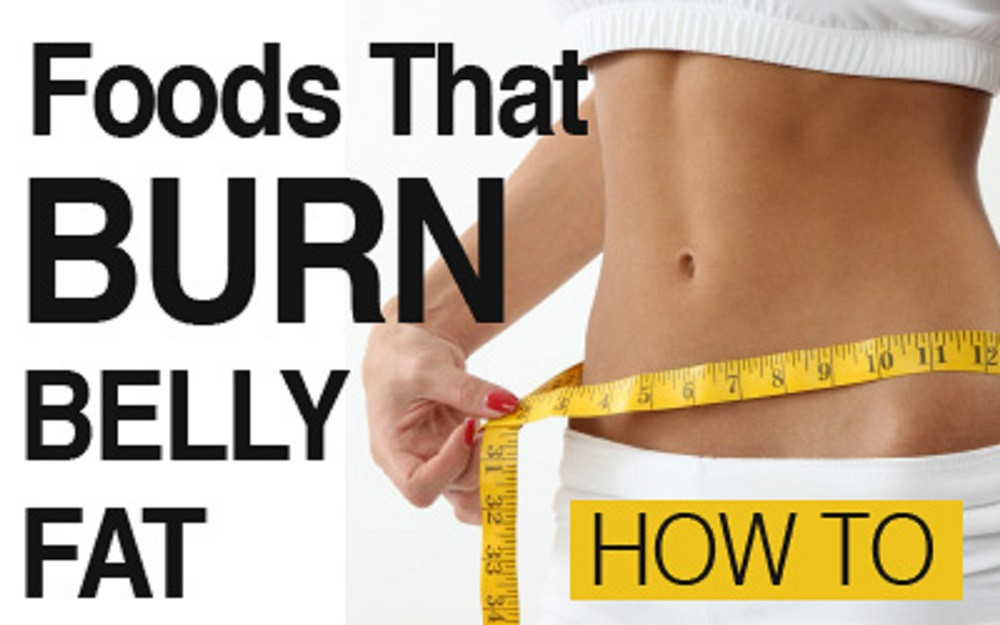 This design turned out to be more difficult to manufacture and repair, but it gave a number of advantages: the mileage of such tires became higher, and the tendency to slip under lateral loads was less, and the tension of the threads under loads was lower, which made it possible to reduce the number of carcass layers. So, although the development of mass production of such tires took almost 25 years, today almost all tires have a radial design. Nevertheless, for general development, let us clarify that diagonal tires are still produced today, for example, for motorcycles, trucks and special equipment. In this case, instead of the letter R in the dimension, there will be the letter D or a dash, and if the tire has a diagonal belt design, then the letter B will be in this position. In addition, for complete clarity, the manufacturer can put the inscription RADIAL or DIAGONAL on the sidewall.
This design turned out to be more difficult to manufacture and repair, but it gave a number of advantages: the mileage of such tires became higher, and the tendency to slip under lateral loads was less, and the tension of the threads under loads was lower, which made it possible to reduce the number of carcass layers. So, although the development of mass production of such tires took almost 25 years, today almost all tires have a radial design. Nevertheless, for general development, let us clarify that diagonal tires are still produced today, for example, for motorcycles, trucks and special equipment. In this case, instead of the letter R in the dimension, there will be the letter D or a dash, and if the tire has a diagonal belt design, then the letter B will be in this position. In addition, for complete clarity, the manufacturer can put the inscription RADIAL or DIAGONAL on the sidewall.
The two numbers following the letter R indicate the DIAMETER of the tire's landing rim in inches, so the common expression "tires of such and such (for example, 16th) radius" is absolutely illiterate.
Not far from the dimension, the load and speed index is usually placed: a two-digit number and a letter of the Latin alphabet. And here, in order to understand what the combination of 92T or 99W means, you still have to look at the table (unless, of course, you have an eidetic memory or have not graduated from intelligence school, where you were specially trained to memorize large amounts of information). The full table starts at zero (which corresponds to a maximum load of 45 kg per wheel) and ends with a value of 279(13,600 kg per wheel), but we are interested in the range from 62 (265 kg) to 126 (1700 kg / wheel), since this range fits all conceivable loads that tires of cars, crossovers and SUVs can experience.
| Loof index | Studge on the tire, KG 9000 9000 9000 9000 9000 9000 9000 9000 9000 9000 9000 9000 9000 9000 9000 9000 9000 9000 9000 9000 9000 9000 9000 9000 9000 9000 9000 9000 9000 9000 9000 9000 9000 9000 9000 9000 9000 9000 9000 9000 9000 9000 9000 9000 9000 9000 9000 9000 9000 9000 9000 9000 9000 9000 9000 9000 9000 9000 0481000 | ||||||||||||||||||||||||
| 63 | 272 | | 86 | 530 | | 109 | 1030 | ||||||||||||||||||
| 64 | 280 | | 87 | 545 | 110 9000 9000 9000 | 1060 | |||||||||||||||||||
| 65 | 290 | | 88 | 560 | | 111 | 1090 | ||||||||||||||||||
| 66 | 300 | | 89 | 580 | 112 | 1120 9000 9000 | |||||||||||||||||||
| 67 | 307 | | 90 | 600 | | 113 | 1150 | ||||||||||||||||||
| 68 | 315 | | 91 | 615 | | 114 | 1180 | ||||||||||||||||||
| 69 | 325 | | 92 | 630 | | 115 | 1215 | ||||||||||||||||||
| 70 | 335 | | 93 | 650 | | 116 | 1250 | ||||||||||||||||||
| 9000 71 | 345 345 | | 94 | 670 | | 117 | 1285 | ||||||||||||||||||
| 72 | 355 | | 95 | 690 | 96 | 710 | | 119 | 1360 | ||||||||||||||||
| 74 | 375 | | 97 | 730 | | 120 | 1400 | ||||||||||||||||||
| 75 9000 | 387 | | 98 | 750 | | 121 | 1450 | ||||||||||||||||||
| 76 | 400 | | 99 | 775 | | 122 | 1500 | ||||||||||||||||||
| 77 | 412 | 100,0003 | 800 | | 123 | 1550 | |||||||||||||||||||
| 78 | 425 | | 101 | 825 | | 124 | 1600 | ||||||||||||||||||
| 79 | 437 | 102 003 | | 125 | 1650 | ||||||||||||||||||||
| 80 | 450 | | 103 | 875 | | 126 | 1700 | ||||||||||||||||||
| 81 | 462 | | 104 | 900 | | | | ||||||||||||||||||
| 82 | 475 | | 105 | 925 | | | | ||||||||||||||||||
| 83 | 487 | | 106 | 950 | | | 9007 A6 | A7 | A8 | B | C | D | E | F | G | J | K | l | M | N | Speed, km/h 9000 | 5 | 10 | 15 | 20 | 25 | 30 | 35 | 40 | 50 | 60 | 65 | 70 | 80 | 9000 | 100,0003 | 110 9000 9000 | 9000 | 130 | 140 |
| ИНДЕКС СКОРОСТИ | P | S | T | H | V | V0002 W | Y | VR | ZR | ZR (Y) | ||||
| 9000 9000 | 9000 9000 9000 9000 9000 9000 9000 9000 9000 9000 9000 9000 9000 9000 9000 9000 9000 9000 9000 9000 9000 9000 | 170 | 180 | 1903 | 210 | 240 | 270 | 9000 300 9000 > 9000> 9000> 9000> 9000> 9000> 9000>0003 | >240 | >300 | ||||
Well, the above examples can be deciphered as follows: the first tire is designed for a load of up to 660 kg per wheel, when driving at speeds up to 190 km / h, the second - 775 kg at speeds up to 270 km / h.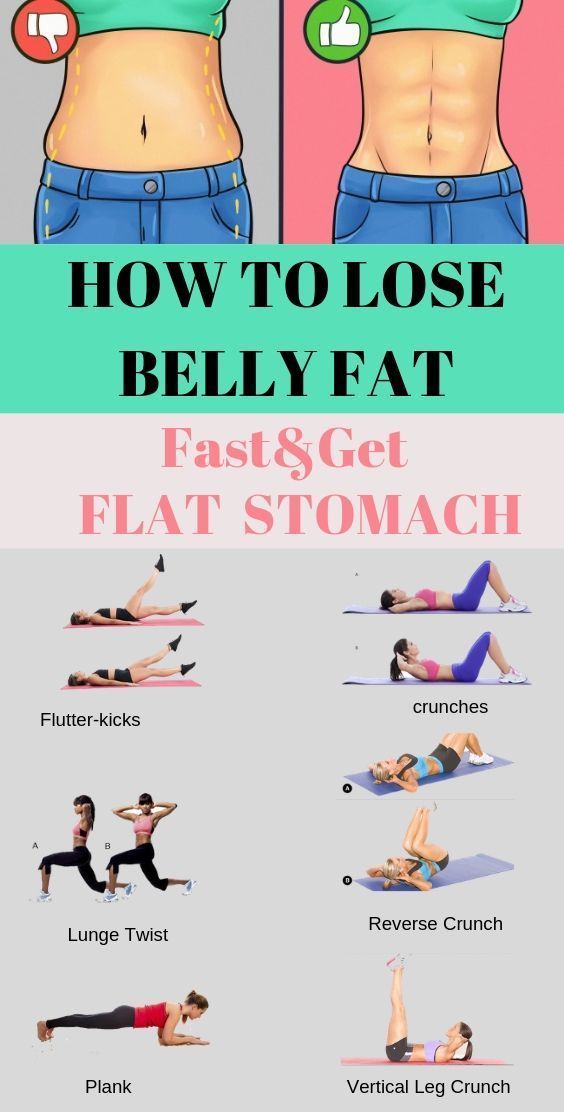 At the same time, it must be clearly understood that the W or Y speed index does not imply that you can safely drive at a speed of 270 or 300 km / h even in a straight line, not to mention making some kind of maneuvers. It indicates only the ability of the tire to withstand the loads that occur at such speeds.
At the same time, it must be clearly understood that the W or Y speed index does not imply that you can safely drive at a speed of 270 or 300 km / h even in a straight line, not to mention making some kind of maneuvers. It indicates only the ability of the tire to withstand the loads that occur at such speeds.
Next, consider the inscriptions that indicate the purpose of a particular tire. The American labeling standard unequivocally prescribes that signs be applied to the surface of the sidewalls indicating the target affiliation of a particular product: tires for passenger cars must carry the sign P (Passenger), tires for light trucks are designated by the letters LTP or LT (Light Truck Personal and Light Truck, respectively) , and spare wheels - “stowaways” - must bear the designation T (Temporary).
The European marking does not have such strict standards, but here, too, tires can be marked with their purpose or features of operation. For example, on tires designed for SUVs and four-wheel drive vehicles, "4x4" is indicated, on tires for commercial vehicles - C, that is, Cargo or Commercial. In this case, the prefix C is between the dimension indicator and the load index, for example, 31x10.50R15 C 109R.
In this case, the prefix C is between the dimension indicator and the load index, for example, 31x10.50R15 C 109R.
Letter designations that indicate the purpose of a particular tire may also be included in the model name. So, the letters M / T (Mud Terrain) denote mud tires, A / T (All Terrain) - universal off-road, H / T (Highway Terrain) - road, U / T (Urban Terrain) - city, H / P ( High Performance) - high-speed, racing. For example, Toyo's Open Country family has tires in all of these categories, with the exception of H/P.
The next group of designations is associated with seasonality. Tires can be winter, summer or all season. Winter tire markings include a snowflake pictogram as well as Winter inscriptions. As for the marking M + S (Mud + Snow, "mud and snow"), then everything is not so simple. Most often, tires with the M + S marking turn out to be not purely winter, but rather all-weather, and winter in this case means “European” rather than “Scandinavian” or “Russian”.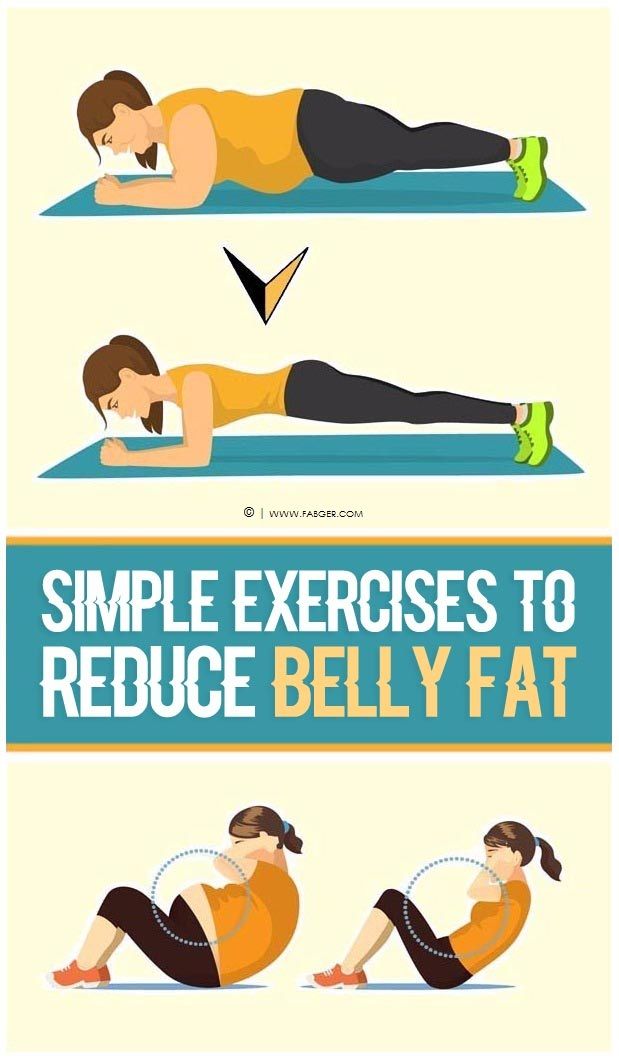 In Russia, only a “snowflake” indicates winter tires. But such tires should not be considered really off-road or mud either! As a rule, they have an insufficiently sparse tread pattern, and therefore, on soft soils, they instantly “wash out”, turning into “slicks”. A lot of new off-road riders have experienced a major disappointment, thinking that M+S tires are just what they need ...
In Russia, only a “snowflake” indicates winter tires. But such tires should not be considered really off-road or mud either! As a rule, they have an insufficiently sparse tread pattern, and therefore, on soft soils, they instantly “wash out”, turning into “slicks”. A lot of new off-road riders have experienced a major disappointment, thinking that M+S tires are just what they need ...
Three pictograms are applied to the sidewalls of tires, which are not only, but also positioned as all-season tires: with the image of a snowflake, clouds with raindrops and the sun. In addition, such tires may carry additional markings on the sidewalls AW (All Weather, “all-weather”), A.G.T. (All Grip Traction, "traction in all conditions") or AS (All Season, "all-weather").
On the sidewalls of summer tires, additional signs can be applied in the form of an umbrella icon, as well as the words Aqua, Aquatred, Water, Aquacontact or Rain. This marking indicates that this tire model has increased resistance to hydroplaning and can be considered "rain".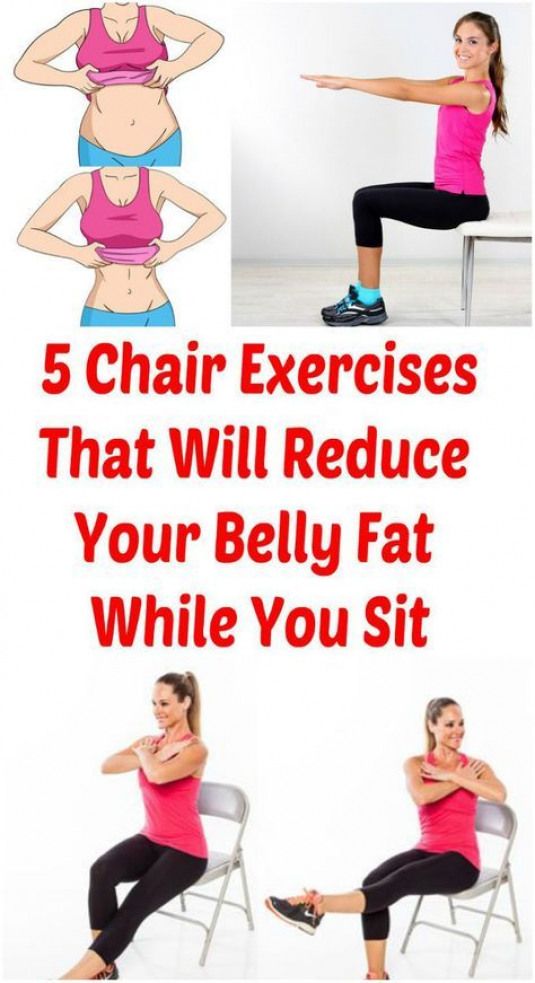
The country of manufacture of the tire is also important information. Please note: this is the country where the factory where the tire was made is located, and not the one in which the manufacturer is registered. So on tires bearing the names of world-famous Italian, French, German and Japanese brands on the sidewalls, you can find the inscription Made in Russia, tires of a Taiwanese brand can be made in Vietnam or Thailand, and Toyo tires can be labeled as Made in Japan, or and Made in Malaysia.
For sale in the EU countries, tires must carry the CE certification mark with the product conformity number to the requirements of the European standard ECE - e11. However, for any company that has anything to do with cars, the most important market is the US market, and tire manufacturers are no exception in this regard. Therefore, all tires around the world are marked with the DOT code, developed at the beginning of the century by DOT, the Department of Transportation (US Department of Transportation).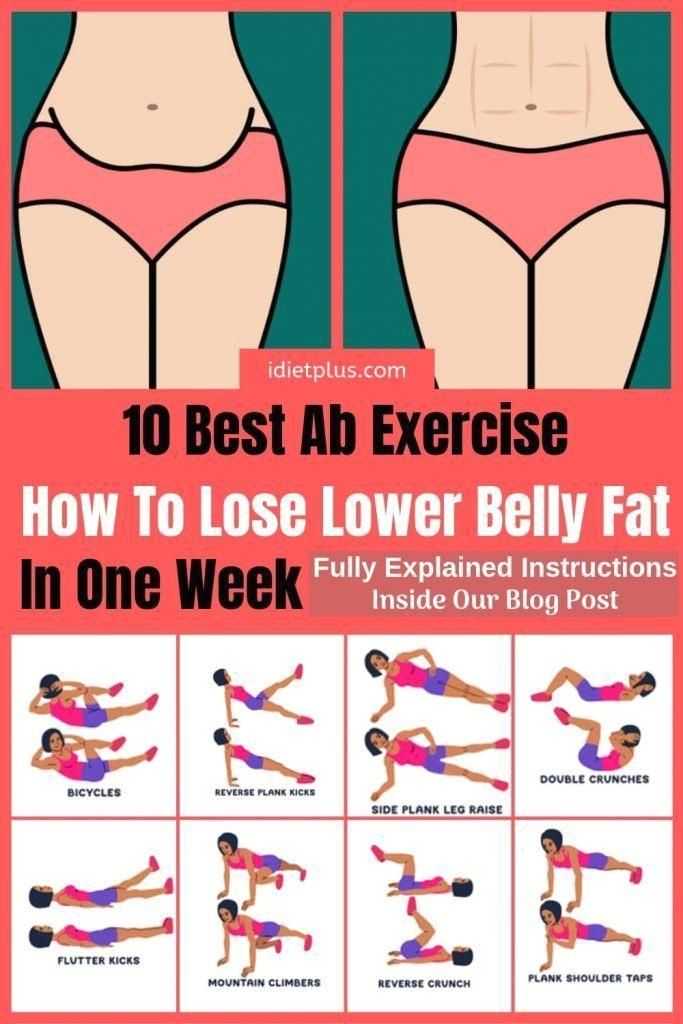 This alphanumeric code carries a lot of encrypted information, including the name of the manufacturer's brand and the country in which the tire-producing plant is located, size, type and a number of other features of the marked tire model. Some of this encrypted information duplicates other inscriptions on the side of the tire, but some data can only be found in this code. Alas, deciphering this code is not at all easy, you need to know the "inner kitchen" of the manufacturer or be able to use special applications. But some (at the same time very important) information can be obtained, so to speak, “with the naked eye”: the last two digits of the code indicate the year of manufacture of a particular tire, and the previous two digits indicate the week number.
This alphanumeric code carries a lot of encrypted information, including the name of the manufacturer's brand and the country in which the tire-producing plant is located, size, type and a number of other features of the marked tire model. Some of this encrypted information duplicates other inscriptions on the side of the tire, but some data can only be found in this code. Alas, deciphering this code is not at all easy, you need to know the "inner kitchen" of the manufacturer or be able to use special applications. But some (at the same time very important) information can be obtained, so to speak, “with the naked eye”: the last two digits of the code indicate the year of manufacture of a particular tire, and the previous two digits indicate the week number.
Why is this so important, you ask, because tires are not vegetables or sausages… Alas, in case of violation of storage conditions and rules for a long period of time, tires quite regularly lose their qualities. So if you buy a brand new looking set of tires that are 5-7 years old and have since been stored in an unheated warehouse and not in the recommended positions, you are very likely to run into balance problems and then very fast wear.
And on the sidewalls, a variety of additional information can be placed, for example, homologation codes. Homologation means that this tire model is approved by one of the automakers for use on cars of its own production. For example, code MO1 means that these tires are designed for Mercedes cars, tires with codes N0-N3 are recommended to be installed only on Volkswagen Touareg and Porshe, code AO says that these tires are approved by Audi, code A means that you have tires for Toyota Auris, and an asterisk (*) indicates that these tires are recommended for BMW vehicles.
In addition to the inscriptions on the sides, there is another important source of information. Since 2012, all tires sold in Europe have received a special label that must be stuck on the working surface of the tire. On this label, in addition to the article number, QR code and information about the manufacturer, tire model and size, you can find information on a number of important parameters, such as fuel efficiency and rolling resistance, external noise level and wet grip. All this information is given in the form of visual pictograms and letter designations. For example, fuel efficiency is labeled A to G. Tires labeled A will have the lowest rolling resistance coefficient (about 6.5) and the highest fuel efficiency, while tires labeled G will have a drag coefficient of 12. For identical vehicles, equipped with such tires, the difference in fuel consumption per 1000 km will be about 6 liters!
All this information is given in the form of visual pictograms and letter designations. For example, fuel efficiency is labeled A to G. Tires labeled A will have the lowest rolling resistance coefficient (about 6.5) and the highest fuel efficiency, while tires labeled G will have a drag coefficient of 12. For identical vehicles, equipped with such tires, the difference in fuel consumption per 1000 km will be about 6 liters!
Similarly, the wet grip coefficient is ranked from A to F. The worse the grip, the longer the stopping distance, so the difference in stopping distance between a car traveling at 80 km/h and equipped with A-rated tires and F-rated tires is 18 meters.
Well, the level of acoustic comfort of a tire is indicated by a tire icon with schematic sound waves emanating from it. One wave means a quiet tire, the noise of which is at least 3 dB below the maximum permissible for Europe, two waves - a moderately noisy tire, the noise of which falls within the permissible limits, and therefore the operation of such tires in urban conditions is allowed.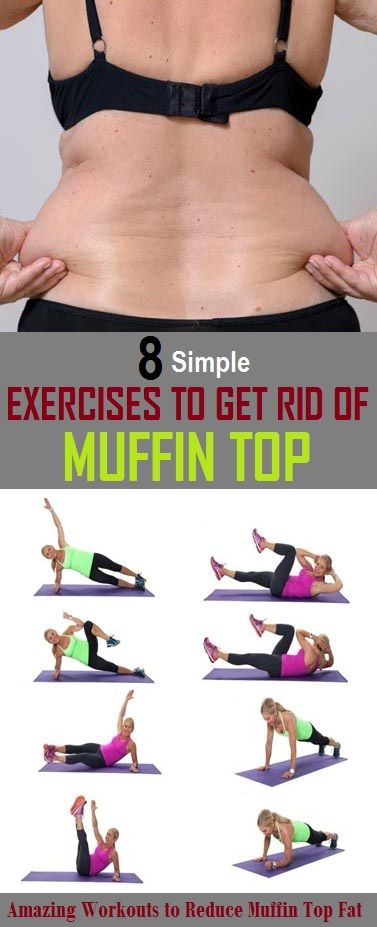 Finally, three waves signal that the noise of such tires exceeds the level allowed in the EU, and they can only be used outside the EU.
Finally, three waves signal that the noise of such tires exceeds the level allowed in the EU, and they can only be used outside the EU.
Now, armed with all this information, you can safely start choosing a new set of shoes for your car.
During operation, the paving surface is exposed to various external and mechanical factors, as a result of which dirt and stains may appear on the surface. Some of these contaminants are quite easily cleaned with household chemicals, but sometimes a whole range of care measures using professional products is required to restore the appearance of the paving.
We have compiled a detailed overview of how you can get rid of different types of stains on paving slabs.
Fresh oil stains (machine oil, diesel fuel, etc.) can be removed using absorbent materials - paper towels, rags, sawdust. In this case, one should not resort to increased friction in order to avoid contamination of a larger surface of paving slabs.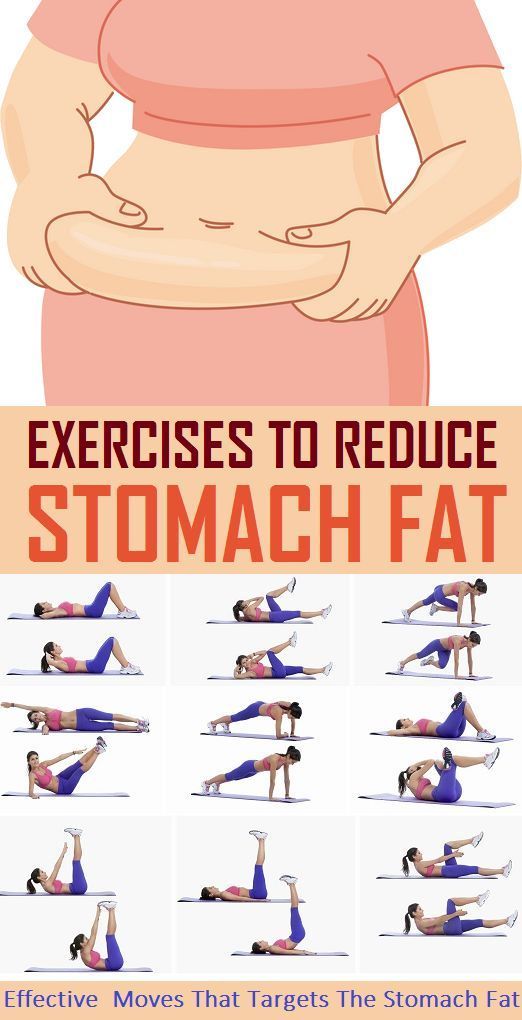 Stubborn oil and grease stains should be removed using organic solvents - white spirit, solvent, etc. (be careful on colored coatings!).
Stubborn oil and grease stains should be removed using organic solvents - white spirit, solvent, etc. (be careful on colored coatings!).
Among modern building chemicals, it is recommended to use MC Entoler, Basf PCI Entoeler cleaners. You can also use a special biosorbent "Ecolan M" , which decomposes petroleum products. Contaminated sand in the tile joints should be replaced with clean sand.
White spots on paving slabs are the result of efflorescence (white salt deposits) and lime deposits. After 1-2 years of operation, efflorescence, as a rule, disappears under the influence of rains.
To quickly remove efflorescence and improve the appearance of paving , special chemical compositions are used - “Tiprom”, “Neomid” . Depending on the degree of contamination, the product must be dissolved in water in the required proportion, determined by the work instructions. The resulting solution is applied with a brush, roller or brush on a pre-moistened surface.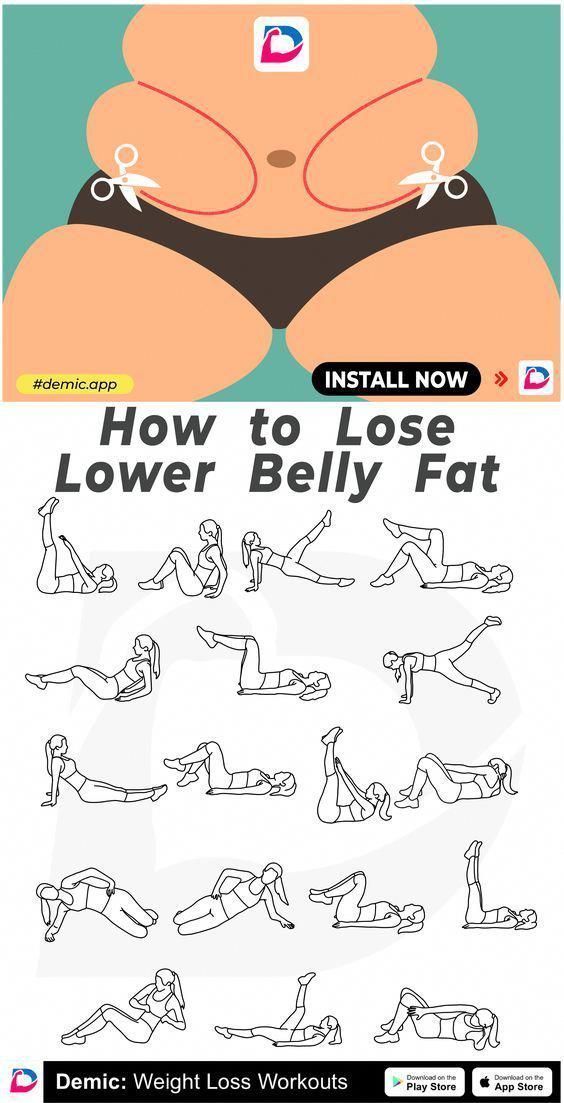 The formation of a foaming film in the first seconds of processing is a sign of the efflorescence neutralization reaction.
The formation of a foaming film in the first seconds of processing is a sign of the efflorescence neutralization reaction.
The consumption of the working composition is on average 200 grams per square meter of coating. At the end of the treatment, the paving surface must be additionally rinsed with water from a watering hose.
To remove traces of cement mortar, you can use Neomid anti-efflorescence or Donnitil 3 X powder from MC Bauchemie. These cleaners are highly effective against a wide range of contaminants.
Bitumen stains can be removed with a hard wire brush or scraper . Cleaning is best done in winter (or use ice) , when the bitumen becomes brittle, brittle and easily crumbles from the surface of paving slabs.
In some situations, traces of rust may appear on paving slabs. For example, the impact of a special equipment bucket on a paving surface leads to the formation of scratches and chips on the tiles, which over time are pigmented with iron particles and acquire a rusty tint.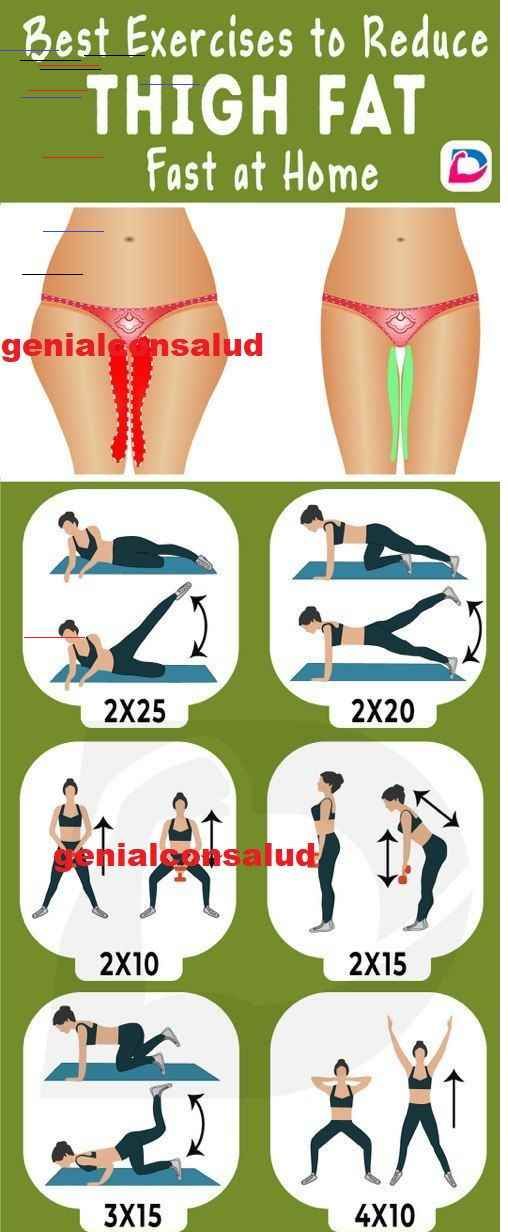
Rust can also appear in raw materials for the production of paving stones (sand), as well as in pallets in the warehouse of finished products when stored in several tiers. Under the action of rain, the metal nails in the transport pallets rust and the resulting solution flows onto the underlying rows of products, staining them in yellowish stains.
Rust remover has been successfully used with MC-Rost EX . It should be borne in mind that the components that make up the cleaner react with concrete, which can lead to leaching of coloring pigment particles (on colored tiles) and exposure of aggregate grains. Therefore, immediately after applying the remedy must be thoroughly washed off with plenty of water .
Chewing gum and graffiti are best removed with hot steam or special cleaners , such as PCI® Silconal AG Basf wax-based protective sealant. You can also use regular brushes with hard bristles, but with caution - there is a risk of scratching the surface.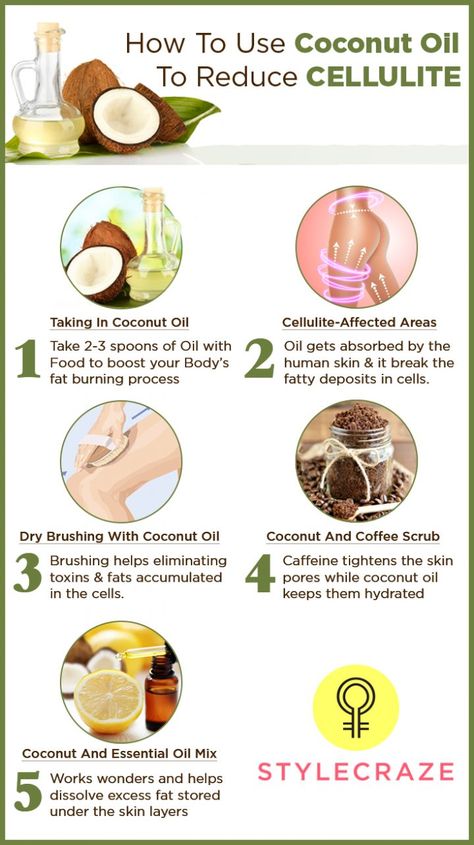
Car tire marks can also be removed using hot steam or household detergents (street shampoos) dissolved in hot water.
Remove soot from paving slabs with normal soap solution . For heavier soiling, you can use a mixture of laundry detergent and bleach (no chlorine!). In both cases, after using detergents, they must be washed off with plenty of water.
Stonemix textured face tiles and slabs can be heavily contaminated by dirt, clay and black earth getting into the voids between the exposed aggregate grains. Thus, the grainy surface of the tile is clogged with debris, aesthetics are lost.
To clean these stains, MC Bauchemie's Donnitil 3 X High Performance Cleaner can be used. The product is supplied as a fine powder. The concentration of the solution is selected depending on the degree of contamination of the coating. An additional advantage of this material is its ability to neutralize efflorescence on the coating.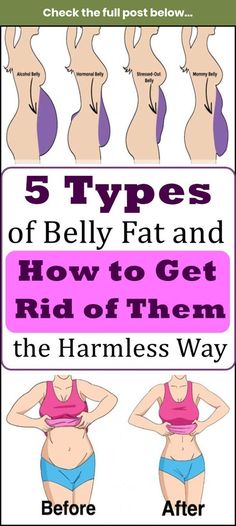 The algorithm of action of the product is similar to the principle of operation of the remedies for efflorescence indicated above.
The algorithm of action of the product is similar to the principle of operation of the remedies for efflorescence indicated above.
For regular dry cleaning of debris or dust, you can use dry brushes, sweepers or garden vacuum cleaners (such as Karcher, STIHL, etc.) . It is strictly forbidden to use tools or mechanized cleaning equipment with a metal working part, which can damage the top layer of the paving surface.
Once a month paving slabs require wet brushing or washing . When wet cleaning, it is recommended to direct the water jet at a low angle to the coating in order to minimize any risk of damage to the tile joints (if the joints are damaged, they must be spilled with sand).
In European practice , for regular washing of the coating, the so-called outdoor shampoos are used, which are a complex of surfactants that allow you to clean the surface of dirt, traces of rubber and refresh the color of the coating.